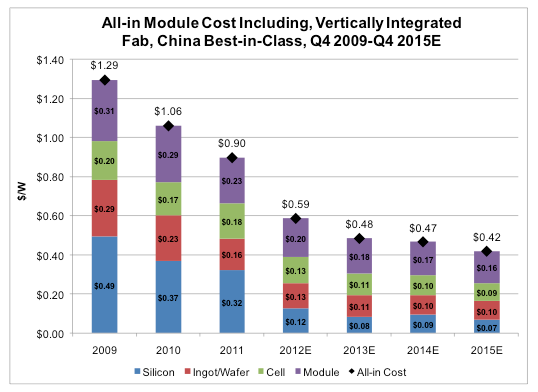 The graphic illustrates a high power battery technology from the University of Illinois. Ions flow between three-dimensional micro-electrodes in a lithium ion battery. Image - Beckman Institute for Advanced Science and Technology
The graphic illustrates a high power battery technology from the University of Illinois. Ions flow between three-dimensional micro-electrodes in a lithium ion battery. Image - Beckman Institute for Advanced Science and Technology
submitted by Albert Gomez
news.illinois.edu - by Liz Ahlberg - April 16, 2013
CHAMPAIGN, Ill. — Though they be but little, they are fierce. The most powerful batteries on the planet are only a few millimeters in size, yet they pack such a punch that a driver could use a cellphone powered by these batteries to jump-start a dead car battery – and then recharge the phone in the blink of an eye.
Developed by researchers at the University of Illinois at Urbana-Champaign, the new microbatteries out-power even the best supercapacitors and could drive new applications in radio communications and compact electronics.
Led by William P. King, the Bliss Professor of mechanical science and engineering, the researchers published their results in the April 16 issue of Nature Communications.

 earth-policy.org
earth-policy.org


 energymanagertoday.com - by Linda Hardesty
energymanagertoday.com - by Linda Hardesty
 The graphic illustrates a high power battery technology from the University of Illinois. Ions flow between three-dimensional micro-electrodes in a lithium ion battery. Image - Beckman Institute for Advanced Science and Technology
The graphic illustrates a high power battery technology from the University of Illinois. Ions flow between three-dimensional micro-electrodes in a lithium ion battery. Image - Beckman Institute for Advanced Science and Technology

Recent Comments